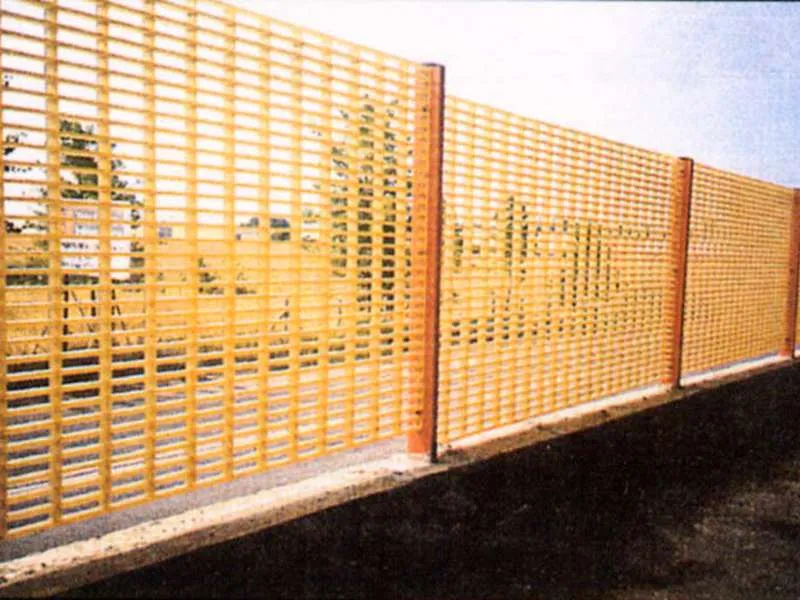
-
 Afrikaans
Afrikaans -
 Albanian
Albanian -
 Amharic
Amharic -
 Arabic
Arabic -
 Armenian
Armenian -
 Azerbaijani
Azerbaijani -
 Basque
Basque -
 Belarusian
Belarusian -
 Bengali
Bengali -
 Bosnian
Bosnian -
 Bulgarian
Bulgarian -
 Catalan
Catalan -
 Cebuano
Cebuano -
 China
China -
 China (Taiwan)
China (Taiwan) -
 Corsican
Corsican -
 Croatian
Croatian -
 Czech
Czech -
 Danish
Danish -
 Dutch
Dutch -
 English
English -
 Esperanto
Esperanto -
 Estonian
Estonian -
 Finnish
Finnish -
 French
French -
 Frisian
Frisian -
 Galician
Galician -
 Georgian
Georgian -
 German
German -
 Greek
Greek -
 Gujarati
Gujarati -
 Haitian Creole
Haitian Creole -
 hausa
hausa -
 hawaiian
hawaiian -
 Hebrew
Hebrew -
 Hindi
Hindi -
 Miao
Miao -
 Hungarian
Hungarian -
 Icelandic
Icelandic -
 igbo
igbo -
 Indonesian
Indonesian -
 irish
irish -
 Italian
Italian -
 Japanese
Japanese -
 Javanese
Javanese -
 Kannada
Kannada -
 kazakh
kazakh -
 Khmer
Khmer -
 Rwandese
Rwandese -
 Korean
Korean -
 Kurdish
Kurdish -
 Kyrgyz
Kyrgyz -
 Lao
Lao -
 Latin
Latin -
 Latvian
Latvian -
 Lithuanian
Lithuanian -
 Luxembourgish
Luxembourgish -
 Macedonian
Macedonian -
 Malgashi
Malgashi -
 Malay
Malay -
 Malayalam
Malayalam -
 Maltese
Maltese -
 Maori
Maori -
 Marathi
Marathi -
 Mongolian
Mongolian -
 Myanmar
Myanmar -
 Nepali
Nepali -
 Norwegian
Norwegian -
 Norwegian
Norwegian -
 Occitan
Occitan -
 Pashto
Pashto -
 Persian
Persian -
 Polish
Polish -
 Portuguese
Portuguese -
 Punjabi
Punjabi -
 Romanian
Romanian -
 Russian
Russian -
 Samoan
Samoan -
 Scottish Gaelic
Scottish Gaelic -
 Serbian
Serbian -
 Sesotho
Sesotho -
 Shona
Shona -
 Sindhi
Sindhi -
 Sinhala
Sinhala -
 Slovak
Slovak -
 Slovenian
Slovenian -
 Somali
Somali -
 Spanish
Spanish -
 Sundanese
Sundanese -
 Swahili
Swahili -
 Swedish
Swedish -
 Tagalog
Tagalog -
 Tajik
Tajik -
 Tamil
Tamil -
 Tatar
Tatar -
 Telugu
Telugu -
 Thai
Thai -
 Turkish
Turkish -
 Turkmen
Turkmen -
 Ukrainian
Ukrainian -
 Urdu
Urdu -
 Uighur
Uighur -
 Uzbek
Uzbek -
 Vietnamese
Vietnamese -
 Welsh
Welsh -
 Bantu
Bantu -
 Yiddish
Yiddish -
 Yoruba
Yoruba -
 Zulu
Zulu
frp car body
The Evolution and Benefits of FRP Car Bodies
The automotive industry has always been at the forefront of innovation, continually seeking ways to improve performance, efficiency, and sustainability. One of the most significant advancements in recent years is the use of Fiber Reinforced Polymer (FRP) for car bodies. This lightweight and durable material is transforming how vehicles are designed and manufactured, paving the way for a new era in automotive engineering.
FRP is a composite material made of a polymer matrix reinforced with fibers, typically glass or carbon. This combination results in a material that is not only lightweight but also boasts remarkable strength and resilience. The automotive sector has gradually adopted FRP due to its numerous advantages over traditional materials such as steel and aluminum.
The Evolution and Benefits of FRP Car Bodies
In addition to being lightweight, FRP has a high strength-to-weight ratio. This means that, despite its reduced mass, FRP can withstand substantial stress and impact forces, providing excellent safety features. The durability of FRP is particularly advantageous in automotive applications, as it enhances the lifespan of vehicles while reducing maintenance costs associated with corrosion and wear.
frp car body

Another critical aspect of FRP is its design flexibility. The manufacturing process for FRP allows for intricate shapes and forms that would be difficult or impossible to achieve with traditional materials. This design freedom enables automotive engineers to create sleek, aerodynamic car bodies that enhance performance and aesthetics. Furthermore, the ability to mold complex geometries can lead to reduced parts count in manufacturing, simplifying assembly processes and potentially lowering production costs.
Sustainability is another important factor driving the adoption of FRP in the automotive sector. With increasing pressure to reduce carbon footprints, manufacturers are turning to composite materials that can be produced with lower energy inputs and reduced waste. Many FRP formulations are also recyclable, offering a more environmentally friendly option for car production. As the industry moves toward greener practices, FRP stands out as a material that aligns with these objectives.
Despite its many advantages, the transition to FRP car bodies is not without challenges. The initial costs of production can be higher compared to traditional materials, and the techniques for repairing FRP can differ significantly from those used for metal vehicles. However, as technology advances and the demand for sustainable practices grows, these challenges are likely to diminish.
In conclusion, the integration of FRP into car body design represents a significant step forward in the automotive industry. With its light weight, strength, design flexibility, and potential for sustainability, FRP is poised to revolutionize how vehicles are manufactured and operated. As manufacturers continue to explore the possibilities of this innovative material, we can expect to see more efficient, durable, and environmentally friendly vehicles on our roads in the future. The evolution of car bodies made from FRP is not just a trend; it is a pivotal shift toward smarter and greener transportation solutions.









